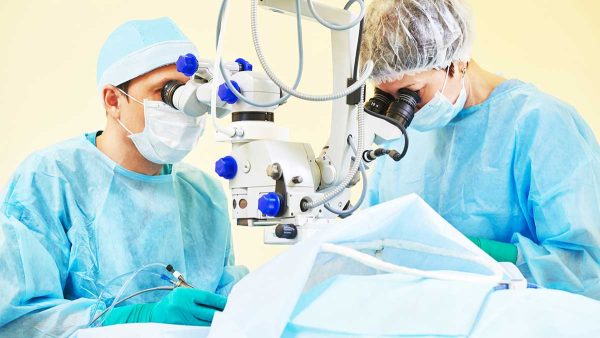What does LASIK surgery accomplish?

LASIK or “laser-assisted in situ keratomileuses” eye surgery is an increasingly popular procedure that can provide a permanent solution to vision problems. It has changed the lives of millions of people who suffer from vision problems.
LASIK does this by literally changing the shape of the cornea with a laser so that the light hits the eye in the exact right way. If the eye is the wrong shape, it creates blurred vision or other errors such as myopia, hyperopia, and astigmatism.
The procedure
The surgery uses a laser programmed with the patient’s eye measurements. The surgeon makes a flap thinner than a piece of printer paper. Then they delicately move it out of the way and use the laser to reshape the cornea.
When the eyes are working correctly, the cornea bends or refracts light precisely into the retina so that vision is crystal clear. LASIK aims to reduce dependence on glasses or contact lenses by providing clear vision at all distances—near, far, and intermediate.
The best part of this process is that you don’t have to be under heavy sedation to have this procedure done. You are fully awake and in almost no pain as the surgeon inserts eye drops into the eyes to numb them. They also place an eyelid holder and suctioning ring into the eye to keep the patient from blinking and moving their eye. This keeps everything in place so the surgeon can do their job safely and quickly.
Patient safety
LASIK eye surgery is a safe and effective way to correct vision problems such as nearsightedness, farsightedness, and astigmatism. It can provide permanent results with minimal recovery time compared to other corrective eye surgeries. LASIK has been approved by the FDA since 1995 and has helped millions of people achieve clear vision without glasses or contact lenses.
The risks associated with LASIK eye surgery are generally rare, though there are some serious risks that patients should consider. These include dry eyes, corneal flap complications, loss of vision, night glare or halos, and starbursts around lights. Before you decide to do LASIK, your surgeon can talk to you about any risk factors you may be at an increased risk of experiencing.
If you’re tired of dealing with contacts and glasses, we can help!
Contact Oklahoma City Vision to schedule a consultation to discuss your options.
